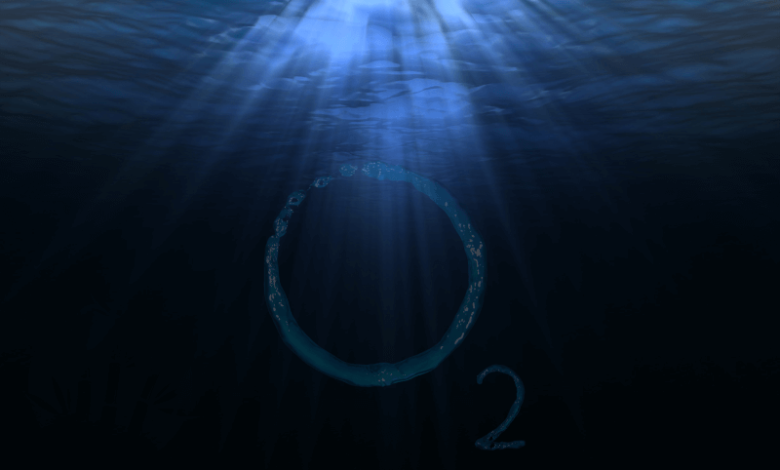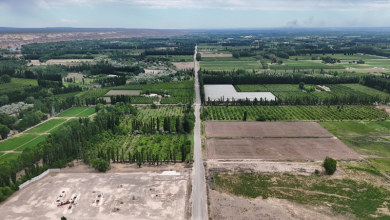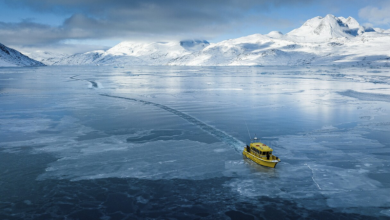Scientists find ‘Dark Oxygen’ 13,000 feet under the sea: Could it solve mysteries?

Ocean Scientist Andrew Sweetman encountered a unique phenomenon in the remote areas of the Pacific Ocean that led him to initially believe that his monitoring unit was defective. The discovery that startled him was that oxygen was being produced at a sea level depth of 13100 feet without the help of sunlight.
On discovering this, Professor Sweetman instructed his students to return the sensors to their manufacturers for testing that the instruments were functioning properly or not as the results he got were gibberish. However, after testing the sensors, the manufacturer confirmed that all the sensors were in perfect working condition and was giving correct results.
Professor Andrew had unexpectedly discovered ‘Dark’ Oxygen being produced on the seafloor while accessing marine biodiversity on a potential sea mining area. The area is full of polymetallic nodules that have formed over millions of years through chemical processes and reactions involving shell fragments, squid breaks, and shark teeths.
The interesting fact is photosynthetic living organisms such as algae, plants, and planktons use sunlight to produce oxygen. It then gets recycled to the sea depths. Previous research results have shown that oxygen is consumed by organisms not produced by them.
But this case may not be exactly true. Prof Sweetman’s team’s recent research may have uncovered another secret from the oceanic depths, finding oxygen production without sunlight and photosynthesis. Well that thing is quite a revelation in itself.
The research history goes back a decade when in 2013 the marine scientist was not convinced of this phenomenon that oxygen was being produced in the seabed, but after 8 years in 2021, he did an experiment with a backup method that led him to get more curious about this matter and now you can see the result.
He added in a statement that investigating dark oxygen can lead us to the origin of life. He said that life may have emerged in deep sea hydrothermal vents. Sea water electrolysis can lead us to how life started on Earth.
READ MORE : 5 Creatures Likely to Survive The Climate Change



